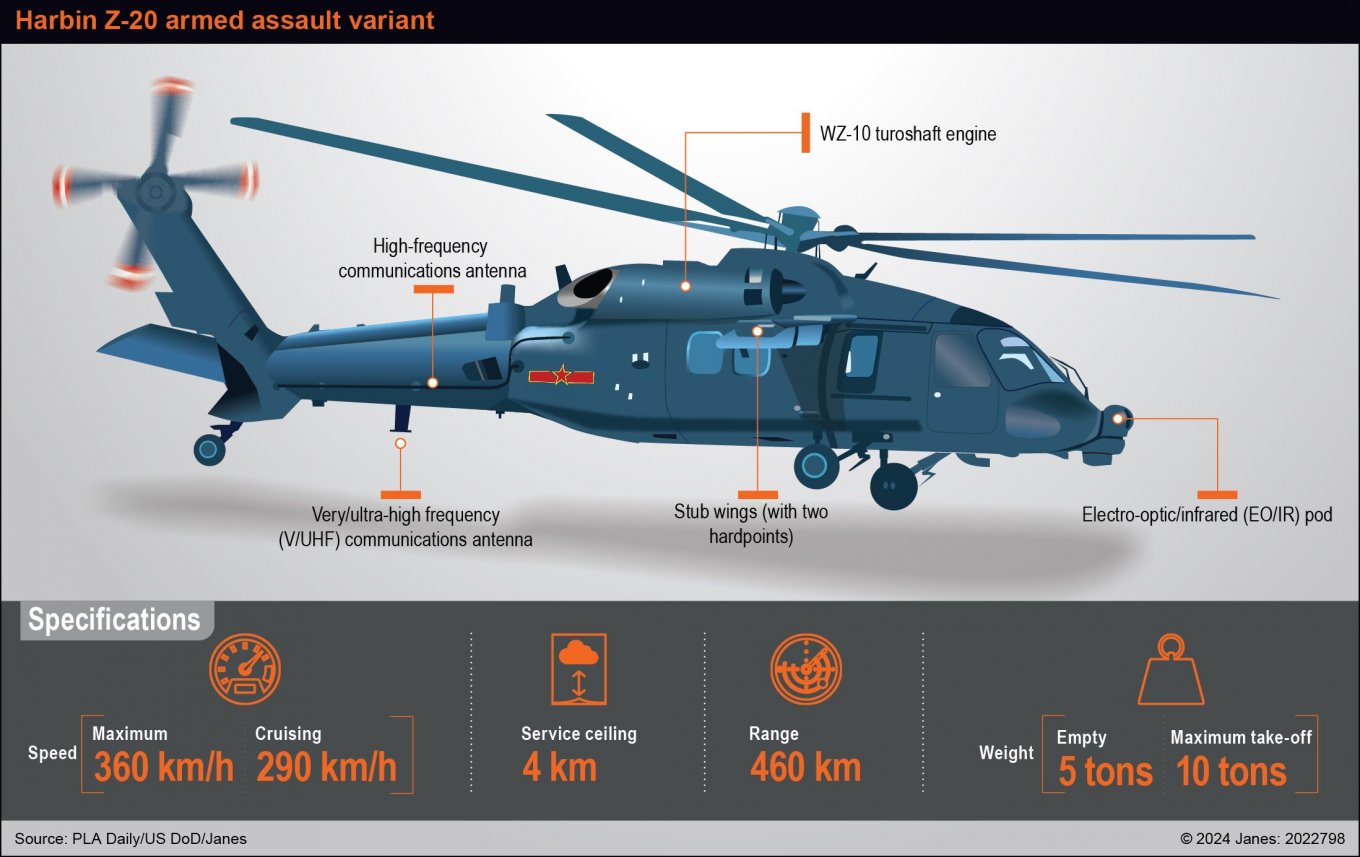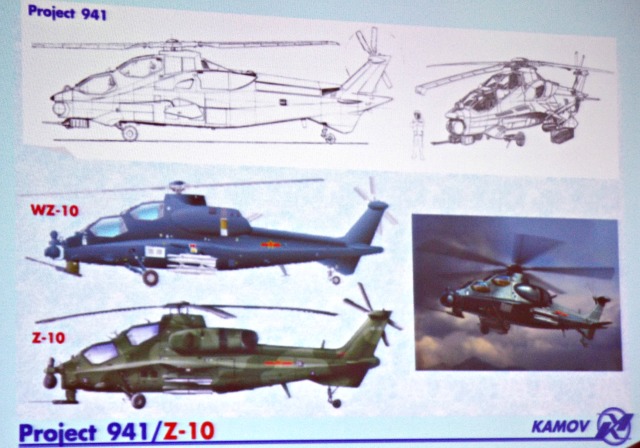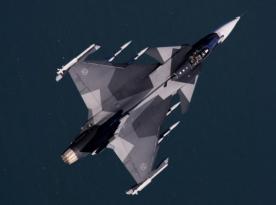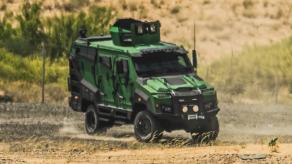China is continuing to test its next-generation Z-21 attack helicopter, first revealed in March 2024. A new photo, shared online and noticed by Army Recognition, suggests the program has entered a new phase of trials and confirms that the platform is derived from the Z-20 utility helicopter — a Chinese clone of the American UH-60 Black Hawk.
This design decision is somewhat surprising. China's most numerous attack helicopter is the WZ-10, which was developed under the "Project 941" initiative with technical input from russia's Kamov Design Bureau, the same team behind the Ka-52. Given the resources already invested in the WZ-10 program, why would China pivot to a Black Hawk clone for its new strike platform?
Read more: Turkish Drone Kizilelma with Ukrainian Engine AI-322F: Exciting Flight Video Footage
Via ACuriousPLAFan/SDF: "Long time no see."The Z-21 heavy attack helicopter was spotted again. pic.twitter.com/USLvOURzuf — @Rupprecht_A (@RupprechtDeino) May 18, 2025
Chinese state media have already dubbed the Z-21 "god of war in the air", citing performance figures such as a top speed of 350 km/h and a payload of up to 16 guided missiles. Reports also claim that the Z-21 has successfully conducted live-fire trials and completed testing in the high-altitude terrain of Tibet — a capability that the WZ-10 lacks.
This high-altitude performance may have been the deciding factor. The WZ-10 is the largest in number attack helicopter in the PLAAF (about 200 units). Though, even with its twin engines producing a combined 1,632 horsepower, it still struggles in mountainous regions. In fact, Pakistan had to cancel its WZ-10 order due to poor performance in high-elevation tests. In contrast, the Z-20 features twin engines generating 2,000 horsepower, giving the Z-21 variant better power reserves for combat missions in thin air.

In this light, the shift to the Z-20 platform seems like a pragmatic move by Chinese engineers — leveraging a proven, powerful transport helicopter as the foundation for a high-performance attack aircraft.
It remains unknown when China will begin full-scale production of the Z-21 or how many it plans to procure. However, the platform's development appears aimed at potential conflict scenarios with India, particularly in the high-altitude theaters of the Tibetan plateau.

As previously reported by Defense Express, China had originally acquired the design of the WZ-10 from russia before presenting it as an indigenous platform for export. The emergence of the Z-21 suggests that China may now be moving beyond foreign-sourced designs, focusing instead on developing the existing platforms to better suit its evolving battlefield needs.

Read more: Czechia's Helicopter Fleet: What Remains After Donating Mi-24Vs to Ukraine?














